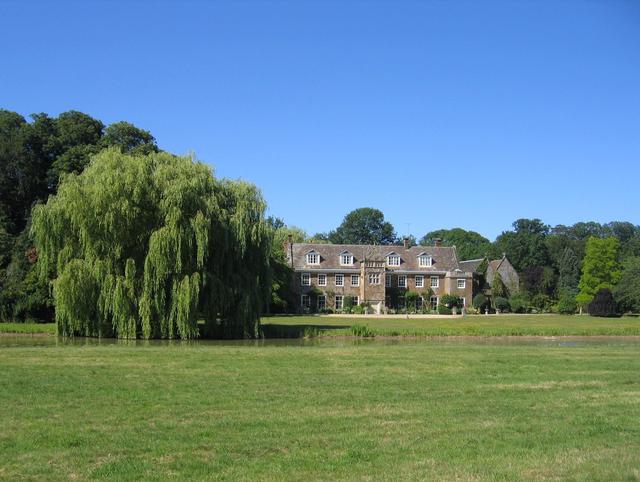|
Great Rollright
Great Rollright is a village in the civil parish of Rollright, about north of Chipping Norton, Oxfordshire. Archaeology The megalithic Rollright Stones are about west of Great Rollright, near the Warwickshire village of Long Compton. Parish church The Church of England parish church of Saint Andrew has Norman, Early English, Decorated Gothic and Perpendicular Gothic features. St Andrew's was restored in 1852 under the direction of the Oxford Diocesan Architect, GE Street. St Andrew's is a Grade I listed building. The west tower has a ring of six bells. William Bagley of Chacombe, Northamptonshire cast the fourth, fifth and tenor bells in 1695 and the third bell in 1696. W&J Taylor cast the second bell in 1839, presumably at the foundry they then had at Oxford. Henry I Bond and Sons of Burford cast the treble bell in 1899. St Andrew's parish is now part of the Benefice of Hook Norton with Great Rollright, Swerford and Wigginton. On the 23 December 1944, a U ... [...More Info...] [...Related Items...] OR: [Wikipedia] [Google] [Baidu] |
Rollright
Rollright is a civil parish in West Oxfordshire, England. It contains the villages of Great Rollright and Little Rollright and some of the prehistoric Rollright Stones. The parish is on West Oxfordshire's boundary with Cherwell District and Oxfordshire's boundary with Warwickshire. Andrew Breeze has proposed that the name Rollright is from the Brittonic phrase ''*rodland rïx'' 'wheel enclosure groove', where ''*rïx'' 'groove' refers to the gorge near Great Rollright and ''*rodland'' 'wheel enclosure' refers to the King's Men circle of the Rollright Stones The Rollright Stones are a complex of three Neolithic and Bronze Age megalithic monuments near the village of Long Compton, on the borders of Oxfordshire and Warwickshire. Constructed from local oolitic limestone, the three monuments, now known .... References West Oxfordshire District Civil parishes in Oxfordshire {{Oxfordshire-geo-stub ... [...More Info...] [...Related Items...] OR: [Wikipedia] [Google] [Baidu] |
Diocese Of Oxford
The Diocese of Oxford is a Church of England diocese that forms part of the Province of Canterbury. The diocese is led by the Bishop of Oxford (currently Steven Croft), and the bishop's seat is at Christ Church Cathedral, Oxford. It contains more church buildings than any other diocese and has more paid clergy than any other except London. The diocese now covers the counties of Berkshire (118 churches), Buckinghamshire (152 churches), Oxfordshire (227 churches) and five churches in the nearby counties. History The Diocese of Oxford was created by letters patent from Henry VIII on 1 September 1542, out of part of the Diocese of Lincoln. Osney Abbey was designated the original cathedral, but in 1545 this was changed to St Frideswide's Priory which became Christ Church Cathedral. In 1836 the Archdeaconry of Berkshire was transferred from the Diocese of Salisbury to Oxford. This comprises the county of Berkshire and parts of Wiltshire. By an Act of 1837 Buckinghamshire wa ... [...More Info...] [...Related Items...] OR: [Wikipedia] [Google] [Baidu] |
Wigginton, Oxfordshire
Wigginton is a village and civil parish about southwest of Banbury in Oxfordshire. The village is beside the River Swere, which forms the southern boundary of the parish. A Channel Four documentary, '' Hitler's British Girl'', investigated the possibility that Unity Mitford gave birth to the son of Adolf Hitler in Hill View Cottage, Wigginton. Archaeology About northeast of the parish church is the site of an Iron Age enclosure, on which a large Roman villa was added in about the 2nd century AD. The occupied part of the villa seems to have been reduced in size in the 4th century AD. The site is a scheduled monument. Parish church The nave and north and south aisles of the Church of England parish church of Saint Giles were built late in the 13th century. The chancel is early Decorated Gothic, built in about 1300. Each aisle is linked with the nave by an arcade of three bays. The Perpendicular Gothic porch and west tower were added in the 15th or late 14th century. The nav ... [...More Info...] [...Related Items...] OR: [Wikipedia] [Google] [Baidu] |
Swerford
Swerford is a village and civil parish on the River Swere in the Cotswold Hills in Oxfordshire, England. It is about northeast of Chipping Norton. Swerford has two main neighbourhoods: Church End and East End. The area between them contains very few houses and is called Between Towns. The 2011 census recorded the parish's population as 132. Manor The Domesday Book records that in 1086 Swerford was part of the royal manor of Hook Norton, which was held by Robert D'Oyly. The village has a motte-and-bailey castle which is believed to have been built early in the 12th century during the civil war between Empress Matilda and King Stephen. In 1783 Henry Scott, 3rd Duke of Buccleuch commissioned the building of the country house of Swerford Park as a hunting lodge. In 1820 General Sir R. Bolton bought the house. Bolton commissioned the artist and architect Joseph Gandy, who remodelled the house between 1824 and 1829 in the style of Sir John Soane. Church and chapel The Church o ... [...More Info...] [...Related Items...] OR: [Wikipedia] [Google] [Baidu] |
Hook Norton
Hook Norton is a village and civil parish in Oxfordshire, England. It lies northeast of Chipping Norton, close to the Cotswold Hills. The 2011 Census recorded the parish's population as 2,117. The village is formed of four neighbourhoods: East End, Scotland End (in the west), Down End (in the centre) and Southrop (in the south). Toponymy In the ''Anglo-Saxon Chronicle'' in 917 the village is recorded as ''Hocneratun''. The Domesday Book of 1086 records it as ''Hochenartone''. A charter from 1130 records it as ''Hokenartona''. An episcopal register entry from 1225 records it as ''Hokenartone''. A record from 1267 records it as ''Hokenarton''. The ''Taxatio Ecclesiastica'' of 1291 records it as ''Hoke Norton''. Other past spellings of the name include ''Hocceneretune'' (1050), ''Hogenarton'' (1216) and ''Okenardton'' (1263). ''Hegnorton'' is recorded in a plea roll from 1430. The name is derived from Old English. ''Hocca'' may perhaps be the name of a person or tribe, altho ... [...More Info...] [...Related Items...] OR: [Wikipedia] [Google] [Baidu] |
Benefice
A benefice () or living is a reward received in exchange for services rendered and as a retainer for future services. The Roman Empire used the Latin term as a benefit to an individual from the Empire for services rendered. Its use was adopted by the Western Church in the Carolingian Era as a benefit bestowed by the crown or church officials. A benefice specifically from a church is called a precaria (pl. ''precariae)'', such as a stipend, and one from a monarch or nobleman is usually called a fief. A benefice is distinct from an allod, in that an allod is property owned outright, not bestowed by a higher authority. Roman Catholic Church Roman imperial origins In ancient Rome a ''benefice'' was a gift of land (precaria) for life as a reward for services rendered, originally, to the state. The word comes from the Latin noun ''beneficium'', meaning "benefit". Carolingian Era In the 8th century, using their position as Mayor of the Palace, Charles Martel, Carloman I and Pepi ... [...More Info...] [...Related Items...] OR: [Wikipedia] [Google] [Baidu] |
Central Council Of Church Bell Ringers
The Central Council of Church Bell Ringers (CCCBR) is an organisation founded in 1891 which represents ringers of church bells in the English style. It acts as a co-ordinating body for education, publicity and codifying change ringing rules, also for advice on maintaining and restoring full-circle bells. Within England, where the vast majority of English-style rings are located, most towers are affiliated through local ringing associations. The Central Council also publishes the bell ringers' weekly journal ''The Ringing World''. Origins Change ringing had developed rapidly in the nineteenth century helped by the formation of the many local ringing associations which had sprung up. However, the need to have a national body with general oversight was increasingly debated, and discussions took place in 1883 about forming one. The eminent ringer, the Revd F.E. Robinson, advocated a National Association to connect the many ringing associations and collect and publish ringing inform ... [...More Info...] [...Related Items...] OR: [Wikipedia] [Google] [Baidu] |
Dove's Guide For Church Bell Ringers
''Dove's Guide for Church Bell Ringers'' (known to ringers as ''Dove's Guide'' or simply ''Dove'') is the standard reference to the rings of bells hung for English-style full circle ringing. The vast majority of these "towers" are in England and Wales but the guide includes towers from the rest of the British Isles as well as a few from around the world (including the United States, Australia, Canada, Africa and New Zealand). The latest edition is ''Dove’s Guide for Church Bell Ringers to the Rings of Bells of the World'' (11th Edition). History The guide was first published in 1950 by Ronald Hammerton Dove (1 June 1906 – 19 March 2001) under the title ''A Bellringer's Guide to the Church Bells of Britain and Ringing Peals of the World''. Previously the location of rings of bells was a matter only of local knowledge and hearsay. Dove produced eight editions of his guide between 1950 and 1994, managing to visit and ring at nearly all the ringable towers himself (a never-e ... [...More Info...] [...Related Items...] OR: [Wikipedia] [Google] [Baidu] |
Burford
Burford () is a town on the River Windrush, in the Cotswold hills, in the West Oxfordshire district of Oxfordshire, England. It is often referred to as the 'gateway' to the Cotswolds. Burford is located west of Oxford and southeast of Cheltenham, about from the Gloucestershire boundary. The toponym derives from the Old English words ''burh'' meaning fortified town or hilltown and ''ford'', the crossing of a river. The 2011 Census recorded the population of Burford parish as 1,422. Economic and social history The town began in the middle Saxon period with the founding of a village near the site of the modern priory building. This settlement continued in use until just after the Norman conquest of England when the new town of Burford was built. On the site of the old village a hospital was founded which remained open until the Dissolution of the Monasteries by King Henry VIII. The modern priory building was constructed some 40 years later, in around 1580. The town centre's ... [...More Info...] [...Related Items...] OR: [Wikipedia] [Google] [Baidu] |
Oxford
Oxford () is a city in England. It is the county town and only city of Oxfordshire. In 2020, its population was estimated at 151,584. It is north-west of London, south-east of Birmingham and north-east of Bristol. The city is home to the University of Oxford, the List of oldest universities in continuous operation, oldest university in the English-speaking world; it has buildings in every style of Architecture of England, English architecture since late History of Anglo-Saxon England, Anglo-Saxon. Oxford's industries include motor manufacturing, education, publishing, information technology and science. History The history of Oxford in England dates back to its original settlement in the History of Anglo-Saxon England, Saxon period. Originally of strategic significance due to its controlling location on the upper reaches of the River Thames at its junction with the River Cherwell, the town grew in national importance during the early Norman dynasty, Norman period, and in ... [...More Info...] [...Related Items...] OR: [Wikipedia] [Google] [Baidu] |
John Taylor & Co
John Taylor Bell Foundry (Loughborough) Limited, trading as John Taylor & Co and commonly known as Taylor's Bell Foundry, Taylor's of Loughborough, or simply Taylor's, is the world's largest working bell foundry. It is located in Loughborough, in the Charnwood borough of Leicestershire, England. The business originated in the 14th century, and the Taylor family took over in 1784. The company manufactures bells for use in clock towers, rings of bells for change ringing, chimes, and carillons. In 2005, Taylor's merged with Eayre & Smith Limited (bellhangers) and from 2005 until 2009 was known as Taylors Eayre & Smith Limited. In September 2009, Taylor's went into administration but was bought out of administration by a consortium named UK Bell Foundries Ltd, led by Andrew Wilby, which re-financed the business. Since then, the company has re-established its presence both in the UK and in export markets. The foundry has a museum of bells and bellfounding, which is the only one ... [...More Info...] [...Related Items...] OR: [Wikipedia] [Google] [Baidu] |
Chacombe
Chacombe (sometimes Chalcombe in the past) is a village and civil parish in West Northamptonshire, England, about north-east of Banbury. It is bounded to the west by the River Cherwell, to the north by a tributary and to the south-east by the Banbury– Syresham road. The 2011 Census gave a parish population of 659 and a 2019 estimate 693. Manor In the mid-11th-century reign of Edward the Confessor, a certain Bardi held the manor of Chacombe "freely" (i.e. without a feudal overlord).Domesday Online: Chacombe accessed Feb 2019. However, the of 1086 records that after the [...More Info...] [...Related Items...] OR: [Wikipedia] [Google] [Baidu] |


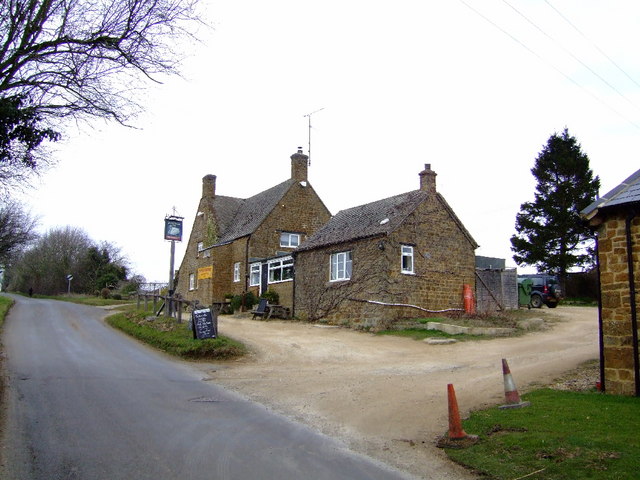
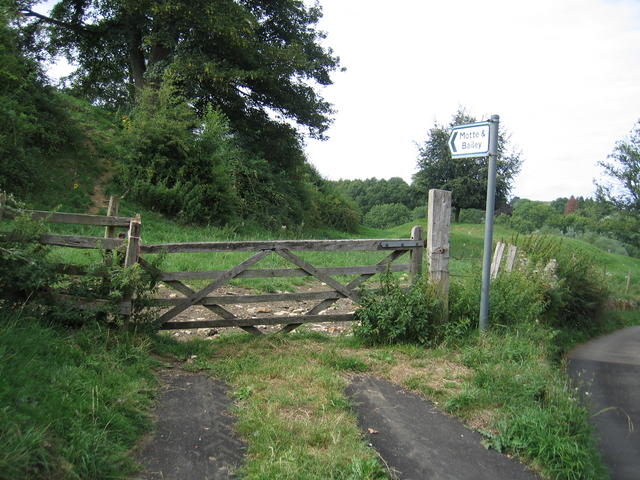
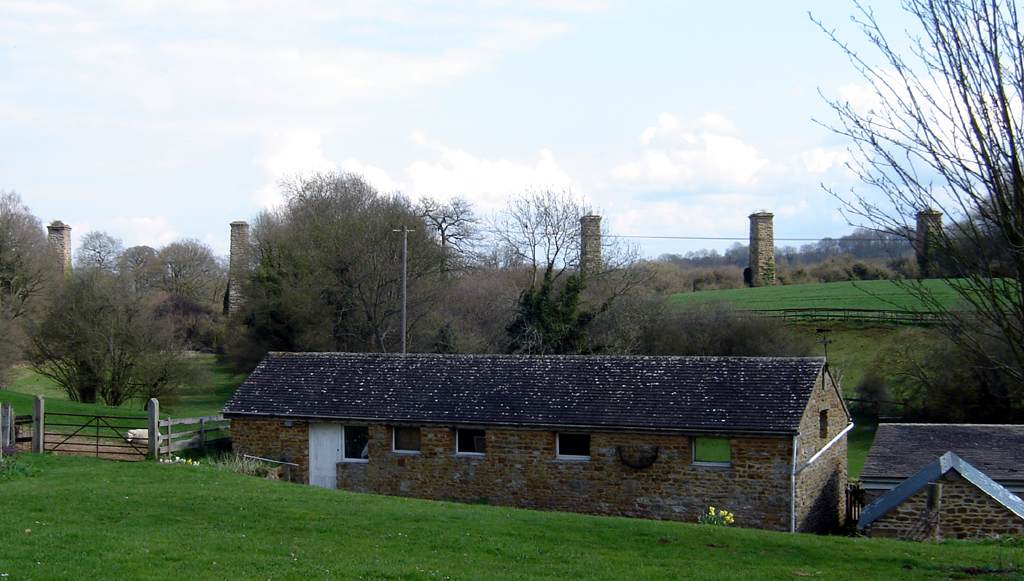

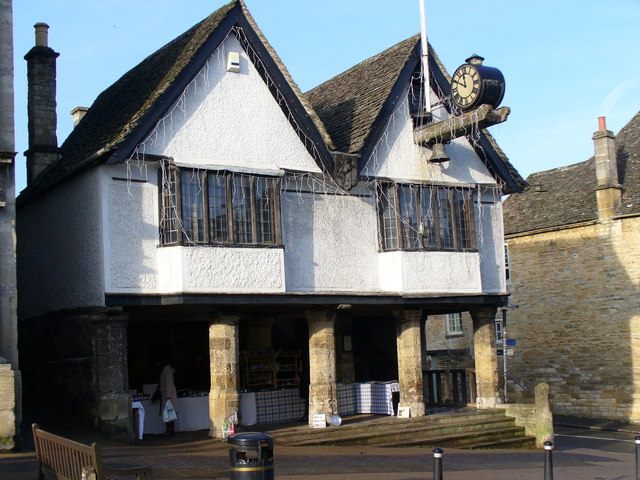

.jpg)
